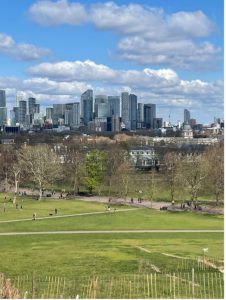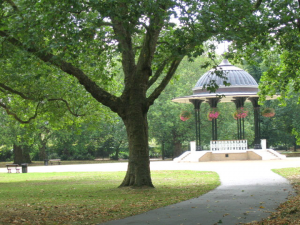This guest blog comes courtesy of Marco Hacon, the Energy Team’s Sustainability Champion Assistant.
On the 24th of February, Russian troops initiated a full-scale invasion of Ukraine. This attack has led to widespread condemnation of Putin and his crony regime. It has already caused huge amounts of deaths – much of which has been civilian – displacement and destruction of property.
In response, increasing numbers of sanctions have rightly been placed on Russia to try to undermine its war efforts. These have included excluding some banks from the SWIFT payment system and the seizing of oligarchs’ assets, such as massive yachts. One surprise reaction to Russia’s declaration of war was the decision by the new German chancellor, Olaf Scholz, to halt the Nord Stream 2 pipeline. For those of you that want to impress your friends with knowledge about Nord Stream 2, it is an $11billion undersea pipeline that would allow for the direct transportation of Natural Gas from Russia to Northern Germany. While the pipeline itself had been completed, it was not active.
It was a surprising move as Scholz had avoided saying that this was likely until the decision was announced. Yet, while it is commendable and welcome, it isn’t an end to Russian gas imports. Indeed, the activation of the pipeline has not been ruled out, it is just suspended for now. In the meantime, the EU and the UK continue to send millions of pounds a day for natural gas, which is being used to fund the invasion of Ukraine.
The war has exposed the unfortunate position that Europe finds itself in; it is dependent on Russia for the natural resources, oil and gas, that keep the lights and heating on. Now the price of these natural resources is not just the environmental damage they cause and the increased cost of living they are fuelling (as if these weren’t bad enough); they are also funding a literal war in Europe.
There have been calls that the right response is to resume fracking with “vigour”. What a benefit of Brexit that would be; increased risk of earthquakes and flammable water! Instead, now, more than ever feels like the right time to urgently move away from these sources of energy. What’s the alternative? Well, renewable energy. Of course! It’s encouraging to see that Germany has already started down this path. Shortly after announcing the halt to Nord Stream 2, Germany outlined that it is bringing its target of 100% energy from renewable sources forward by 15 years (from 2050 to 2035). This is possibly a challenging commitment considering that it is already set to exit nuclear power in 2022 and coal-fired power by 2030. But, it is also essential for the environment, Germany’s economy and national security.
Other countries would be wise to follow suit. Here in Britain, we are set to import more than £2bn worth of Russian liquified natural gas imports this year, despite the best efforts of dockers from Kent. The recent order to ban ‘all ships with any Russian connection whatsoever’ doesn’t cover the origin of the cargo, including fossil fuels that may have been sourced from Russia. This approach must change. In dropping Russian oil and gas, the UK government must look at renewable energy sources to replace them. It can follow the example set by the Netherlands which was able to cut gas demand by 22% in two years with renewables. At the same time, the UK must roll out measures to insulate homes, install heat pumps and reduce the cost of renewable energy.
 Marco Hacon is currently studying for a Master’s degree in Environment, Politics and Development here at King’s. Before this, he worked in a few start-ups and scale-up companies with social purposes, where he gained a basic understanding of sustainability. He is a strong believer in a just and equitable clean energy transition. He is excited to write about this as well as more King’s-related energy topics for the team’s blog. He also wants to help develop toolbox talks for King’s staff and teams that centre on how to use energy sustainably.
Marco Hacon is currently studying for a Master’s degree in Environment, Politics and Development here at King’s. Before this, he worked in a few start-ups and scale-up companies with social purposes, where he gained a basic understanding of sustainability. He is a strong believer in a just and equitable clean energy transition. He is excited to write about this as well as more King’s-related energy topics for the team’s blog. He also wants to help develop toolbox talks for King’s staff and teams that centre on how to use energy sustainably.



 .
. 



